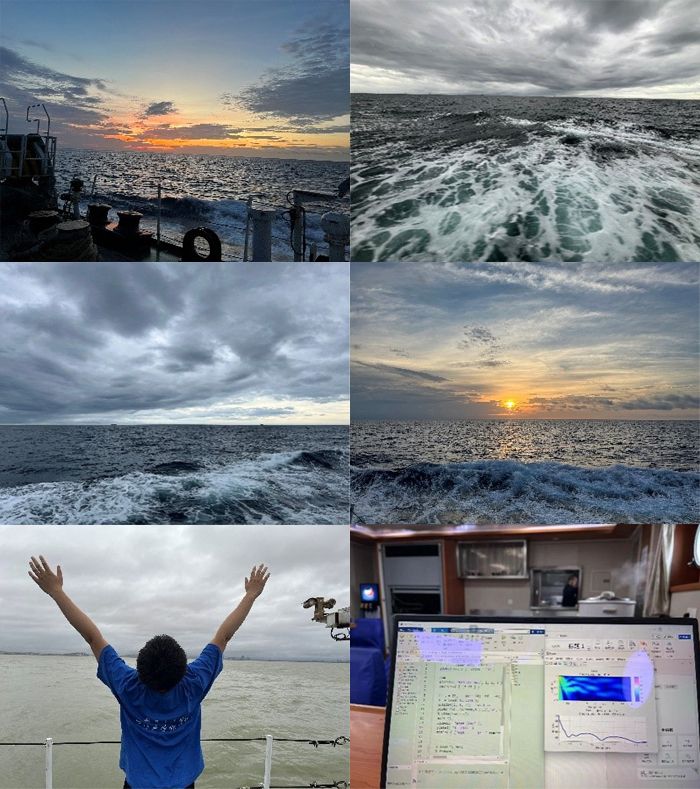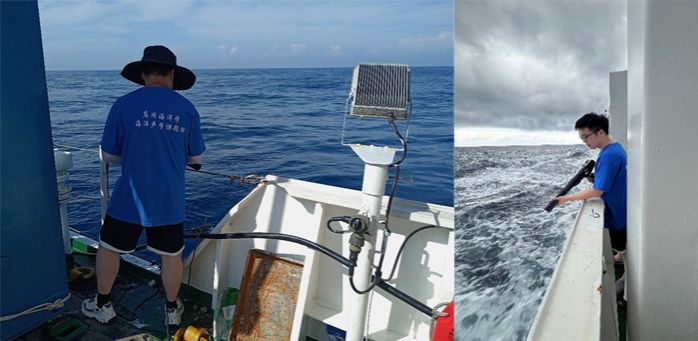Release time:2024-05-31
In late May, Luochuan Xu, a graduate student in the Marine Technology Department of the school, was invited by the South China Sea Investigation Center of the Ministry of Natural Resources to assist in cross-section surveys in the South China Sea under the arrangement of Professor Anmin Zhang and Associate Professor Jian Xu.


"Dongyanghong 31" is one of the first oceanographic research vessels in China to have the capability of performing all-weather ocean buoy operations. The vessel measures 89 meters in length, 18 meters in width, and displaces 3,950 tons, with a cruising range of 10,000 nautical miles. It has a super-large buoy operation A-frame and a buoy damping device, which can hoist and store 10-meter large ocean monitoring buoys, making it one of the world's most powerful working vessels for lifting buoys. In order to make full use of the valuable opportunities in the South China Sea, Luochuan Xu measured sea water data at multiple stations as much as possible, sometimes only able to rest for two or three hours a day, and even had to work non-stop for 48 hours without day or night.

The biggest challenge in marine scientific research on the ship is to face the impact of harsh weather conditions and the swaying of the ship during experiments. Luochuan Xu said, "Faced with the harsh environment of strong winds and waves and the high intensity of the experimental rhythm, seasickness was a major test for the South China Sea scientific research. Although I was experiencing the uncomfortable feeling of seasickness and weightlessness all the time, from vomiting to being unable to get out of bed to working normally in the wind and waves, my belief in the ocean has always supported me to persevere."
